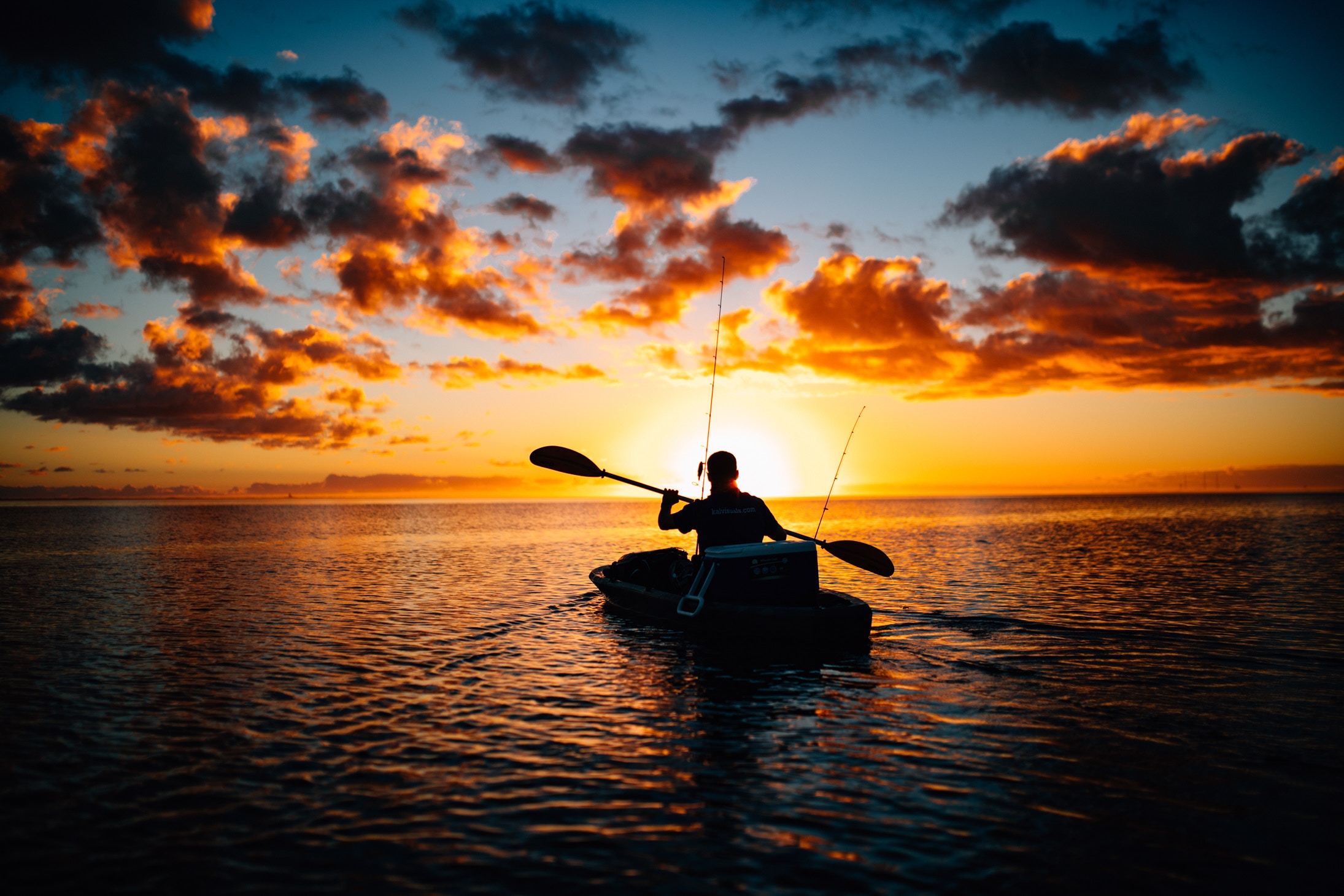Fishing is a well-loved pastime in our country, and in Michigan, you have your choice of 11,000 inland lakes, 36,000 miles of streams, and four Great Lakes to reel in your next catch. Where should you go when you want to drop in lure, and what should you bring along? Although we can’t promise a full cooler, we can promise this handy list will help you organize and enjoy your fishing outing.
Get a fishing license. If you are under the age of 16, you need a fishing license (unless it’s free fishing weekend). You can pick this up at any outdoor sporting store, convenience store, or large grocery store with a sporting department. You can also purchase your license online. You’ll also receive information about size and bag limits, by the type of fish, and whether there are any special regulations. In 2018, the price for a fishing license in Michigan is $26 if you’re a resident and $76 for non-residents. A license is good for the whole year.
Find a top spot. If you’re visiting or not from a particular region of Michigan, you might be at a loss of where to drop in a line. The simple answer: ask. Ask the local DNR for suggestions as well as bait and tackle shops or small convenience stores where the locals most likely partake in fishing as well. Your hosts at your campground, RV park, or RV resort can likely offer recommendations, too. Online searching, of course, yields plenty of results and gives plenty of ideas. A quick search reveals that Hubbard Lake (Sunrise side), Houghton Lake (middle of the state), Lake St. Clair (near Detroit), Hamlin Lake (Ludington), and Crystal Lake (Beulah) are all favored for their fishing. If you want to catch a particular type of fish, such as bass or walleye, search for lakes with known populations.
How will you fish? Do you need to borrow or rent a boat, or do you have your own? A lighter alternative to lugging around a fishing boat or speed boat is a kayak. A kayak has some unique advantages, including giving you access to potentially better fishing spots because it isn’t as restricted by space. Kayaks are also better for the environment since they are not motorized. You can also choose to just fish from a dock for pan fish and even the occasional bass.
Get the gear. Not just the tackle box. Make sure you have brightly colored life-jackets and a flag for additional visibility. Bring along layers as the temperature difference between land and water can be quite distinct. A hawg trough for measuring your fish, a pair of pliers, extra fishing line, and a portable net are also essential. If you don’t have a cooler, which should have cool water and perhaps some ice packs, make sure you have a stringer to keep your catch fresh. Transport the fish as soon as possible so that they don’t spoil.
Bring the sunscreen. It may feel blissful and cool on the water, but the sun’s effects can have an even stronger effect with all that water acting as a giant reflector. Don’t be fooled by how “cool” you feel. Cake on the sunscreen and wear a hat to avoid burns and sun damage.
Where did you experience your biggest catch? If you don’t mind giving up the location of your honey hole, tell us in the comments!

